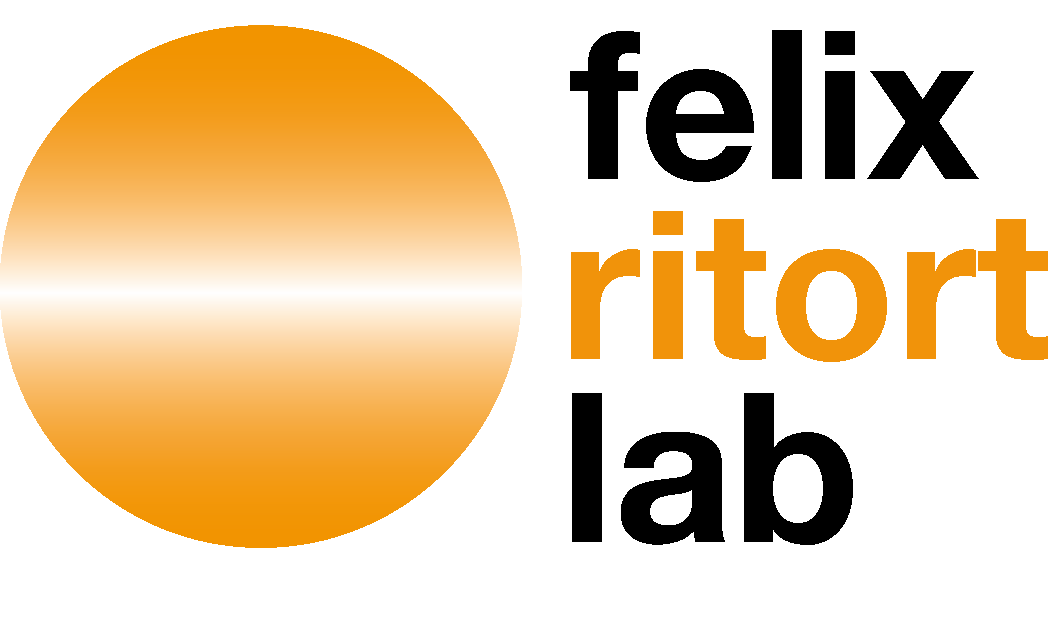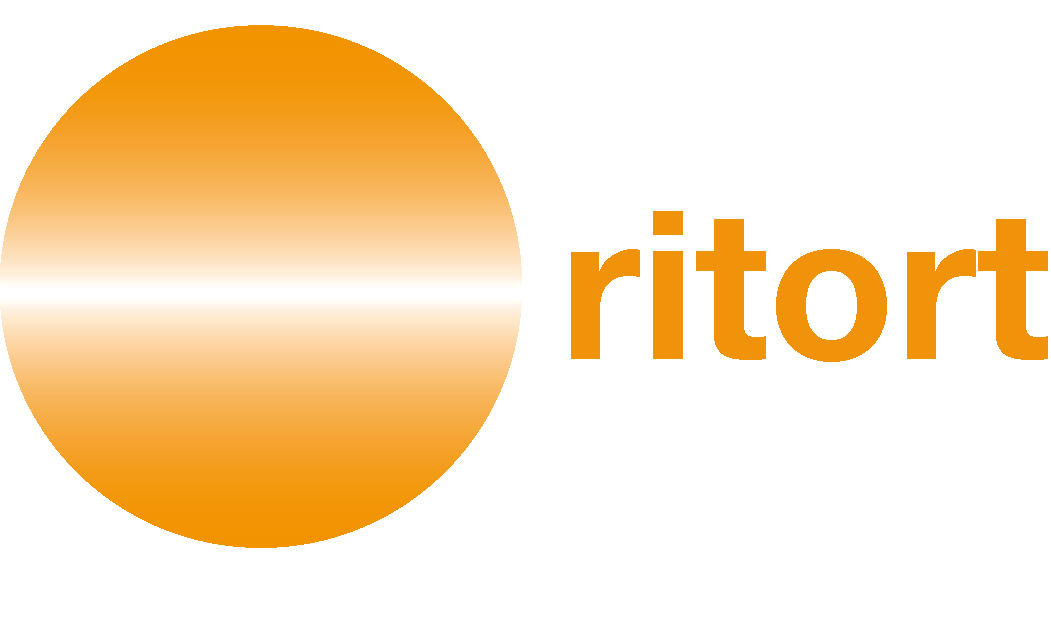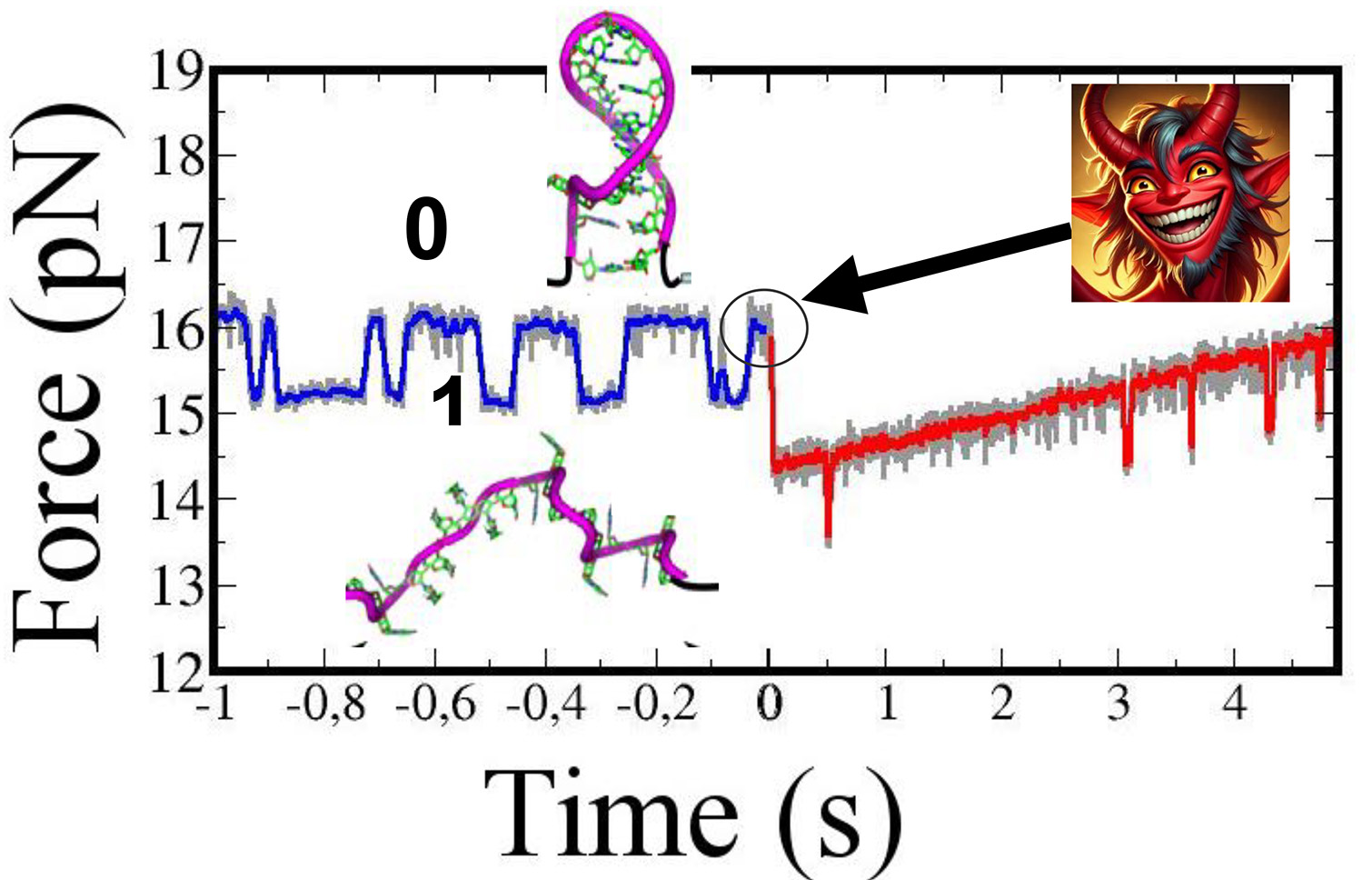Energy and information
Stochastic thermodynamics is the branch of statistical physics investigating the energetics of microscopic small systems immersed in noisy environments, from molecular machines to swimming bacteria [1]. Fluctuation theorems (FTs) are fundamental relationships that permit the extraction of equilibrium information in small systems in irreversible conditions [2]. Our group has acquired knowledge applying these methods in molecular biophysics, where free energy determination in nucleic acids and proteins is key to understanding their biological function. Devised initially to characterize the free energy of native states [3], FTs have been extended to intermediate and misfolded states [4,5], ligand binding [6], or even glassy systems [7].
An exciting outcome of fluctuation theorems is the possibility of measuring energy and information at the single-molecule level, which has led to the field of thermodynamic inference, or how to derive the energetics of a system with partial information only [8,9]. Energy and information are notions that appear intertwined in biology. Although we know how to measure energy, we are still in the dark in quantifying information, a concept related to statistical entropy. The Maxwell demon, a thought experiment devised by J. C. Maxwell at the end of the 19th century, was set to violate the second law. Developments in the thermodynamics of computation in the 60s showed that information erasure generates heat at Landauer’s rate of kTlog2 per erased bit.
We have studied information-to-energy conversion using single molecules [10] and dissipation reduction in nonequilibrium systems [11]. Information remains a fuzzy concept for irreversible processes, especially when applied to living systems described by many degrees of freedom. The reductionist character of single-molecule experiments provides a suitable playground to better understand energy and information at the nanoscale.
[1] C. Bustamante, J. Liphardt and F. Ritort, The nonequilibrium thermodynamics of small systems, Physics Today, 58 (2005) 43-48
[2] F. Ritort, Nonequilibrium fluctuations in small systems: from physics to biology, Advances in Chemical Physics, 137 (S.A. Rice, ed.) Wiley, Hoboken, N.J. (2008) 31-123
[3] D. Collin, F. Ritort, C. Jarzynski, S. B. Smith, I. Tinoco Jr and C. Bustamante, Verification of the Crooks fluctuation theorem and recovery of RNA folding free energies, Nature, 437 (2005) 231-234
[4] A. Alemany, A. Mossa, I. Junier and F. Ritort, Experimental free-energy measurements of kinetic molecular states using fluctuation theorems, Nature Physics, 8 (2012) 688-694
[5] P. Rissone, C. V. Bizarro, F. Ritort, Stem loop formation drives RNA folding in mechanical unzipping experiments, Proceedings of the National Academy of Sciences 119 (3) e2025575119 (2022)
[6] J. Camunas-Soler, A. Alemany and F. Ritort, Experimental measurement of binding energy, selectivity, and allostery using fluctuation theorems, Science, 355 (2017) 412-415
[7] A. Crisanti, M. Picco and F. Ritort, Fluctuation relation for weakly ergodic aging systems, Physical Review Letters, 110 (2013) 080601
[8] M. Ribezzi-Crivellari and F. Ritort, Free-energy inference from partial work measurements in small systems, Proceedings of the National Academy of Sciences, 111 (2014) E3386-E3394
[9] A. Alemany, M. Ribezzi-Crivellari and F. Ritort, From free energy measurements to thermodynamic inference in nonequilibrium small systems, New Journal of Physics, 17 (2015) 075009
[10] M. Ribezzi-Crivellari and F. Ritort, Large work extraction and the Landauer limit in the Continuous Maxwell Demon, Nature Physics 15 (2019) 660–664
[11] M. Rico-Pasto, R. K. Schmitt, M. Ribezzi-Crivellari, J. M. Parrondo, H. Linke, J. Johansson, F. Ritort, Dissipation reduction and information-to-measurement conversion in DNA pulling experiments with feedback, Physical Review X 11 (2021) 031052



